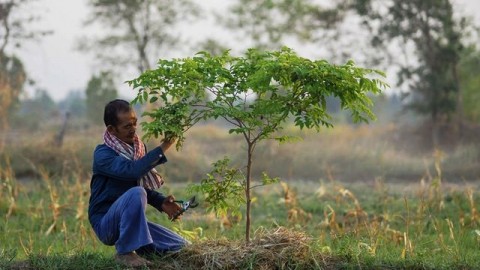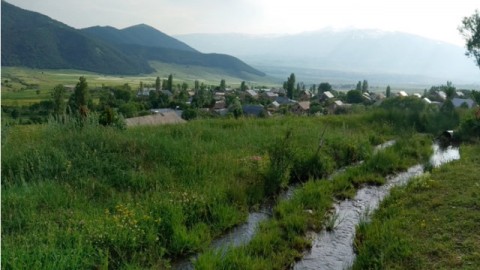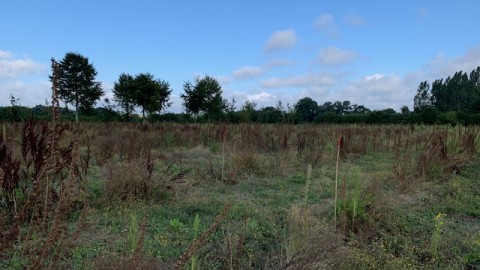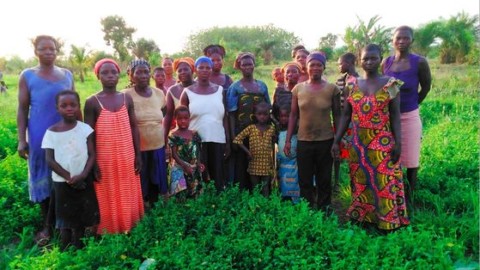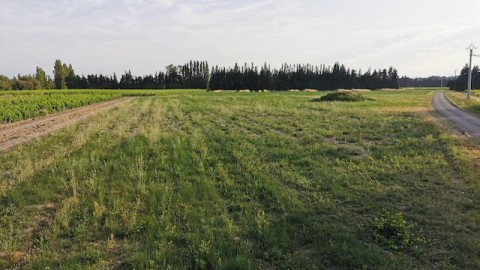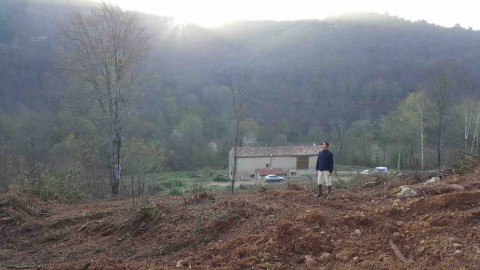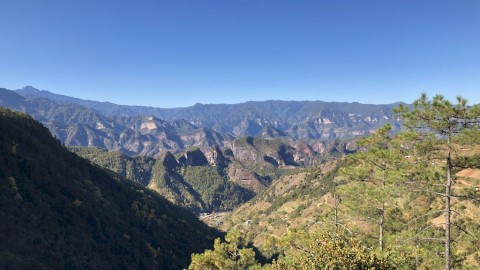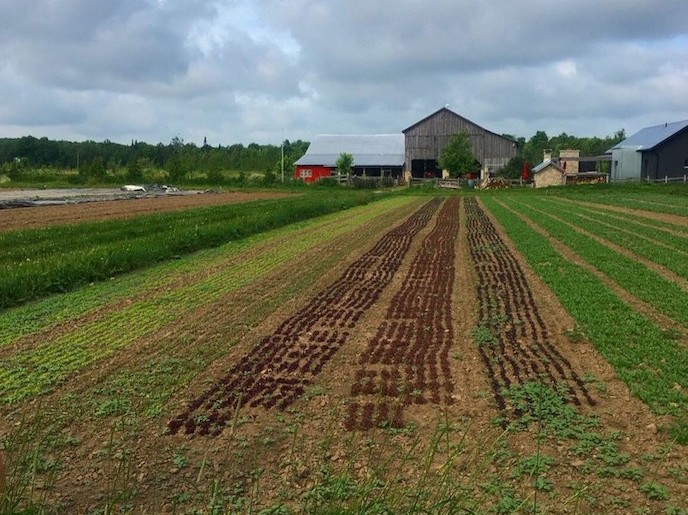
Background & challenges
Over the past century, forest cover in southern Ontario has declined to the point to such an extent it is now only 25% of its original level. This is insufficient for ensuring the health of local wildlife and ecosystems. At the same time, farmers have been cutting down trees to switch the land to arable production, resulting in soil degradation, water quality problems, and loss of biodiversity at farm level.
Tree planting in this project aims to restore ecological corridors for local species. It also seeks to improve soil quality by adding organic matter to limit erosion and nutrient leaching in the watersheds. In addition, the trees will store carbon.
The five farms involved in the project all have objectives specific to their context:
- On the first farm, in the Simcoe County region, the farmer wants to plant trees on his plots to protect his land from strong winds and to make field work easier.
- on the second, in the Simcoe County region, its farmers want to restore forest cover to improve soil conservation and create a habitat for wildlife. At the same time, they are acquiring a neighbouring farm to serve as a learning and educational centre for future farmers. Through these actions, the farmers aim to improve the beauty of the landscape and soil conservation, provide a habitat for local wildlife, and create shade for future generations.
- over the next two years, in the Middlesex and Grey County regions, farmers want to plant trees on land previously used for grazing that is too steep for row crops. This project will restore pasture, protect the soil from erosion, promote biodiversity in the valley, and improve river water quality.
- on the fifth farm, in the Grey County region, farmers are mainly interested in improving the wildlife habitat since the trees planted will supplement larger tracts of forestland. Fragmented habitats have negative effects on biodiversity, including wildlife and pollinators. Windbreaks and shade buffers with neighbouring farms are desired objectives, too.
The species chosen are adapted to the local area and selected to suit their planting site, e.g., water-tolerant trees with dense root systems for planting on riverbanks and restoring riverside areas. Tree species of differing heights, when mature, are planted together to form effective windbreaks with dense root systems to maximise the photosynthetic surface area of the trees. Tree species are grown from locally harvested and regionally adapted seed. In addition, most of the tree species selected are pioneer species that can withstand the cold Canadian winters.
Project type

Forestry and agroforestry
Beneficiaries

5 farming families
Number of trees

13,000 trees planted to retain 10,000
Species planted

Eastern white pine (Pinus strobus), white spruce (Picea glauca), red pine (Pinus resinosa), Norway spruce (Picea abies), eastern white cedar (Thuja occidentalis ), red oak (Quercus rubra), tamarack (Larix laricina), silver maple (Acer saccharinum), European larch (Larix decidua), bur oak (Quercus macrocarpa).
Partner

PUR Projet
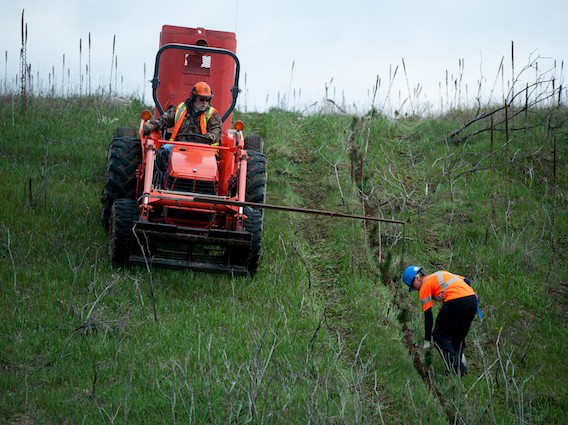
Works timeline
Already completed (2017-2019): seed collection from local trees and growing seedlings in a local nursery.
September – October 2020: selecting local planting partners.
January – March 2021: training tree planters in relevant planting techniques.
April – September 2021:
- when the temperature is 3 to 4 C° for 10 days in a row, gathering tree seedlings from the nursery ;
- transporting seedlings to the farms;
- land preparation, adjusting seeders.
May – October 2021: planting.
Sept – November 2022: monitoring and evaluation.
Planting partner
Budget
The total budget to be collected is €53 000. The price for planting a lasting tree is €5,30
- 95% allocated to the planting project, broken down as follows:
- seedling cost: €0,93
- site preparation: €1,14
- technical assistance and planting: €0,86
- program management: €1,31
- collection, follow-up and communication costs for A Tree For You (15%): €0,81
- and 5% (€0.25) to support the structural costs of A Tree for You.
They donated to support this project in 2020 and 2021:




